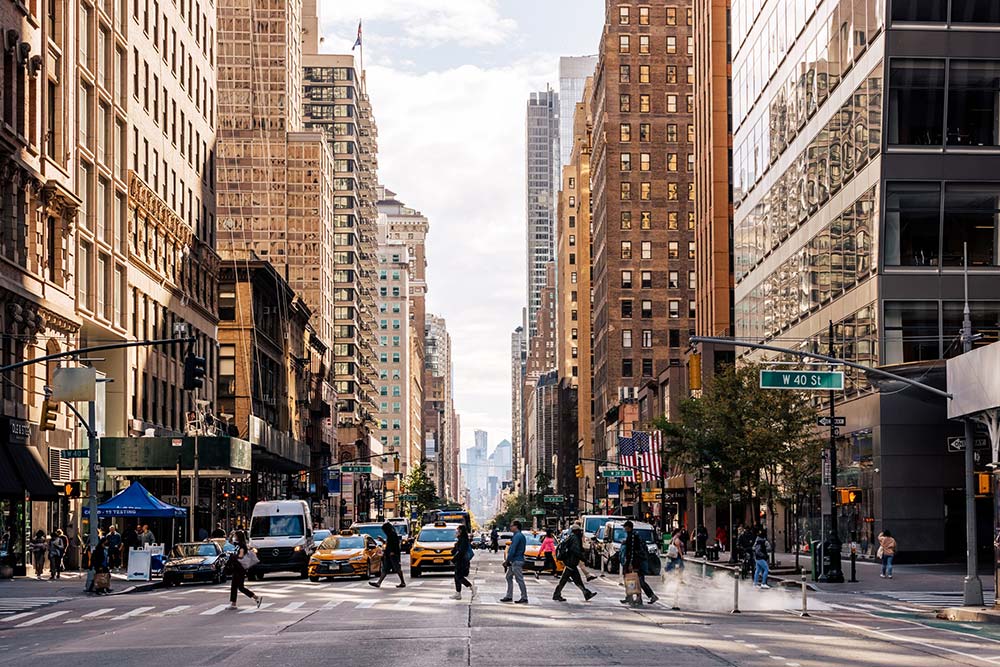Returning to elementary science for a moment, you may recall learning that earthquakes stem from the movement of large underground rock plates known as tectonic plates. Typically, they occur where these plates intersect, at fault lines, as they shift, separate, or collide.
However, the recent seismic activity in New York City and its surroundings has sparked curiosity. Situated within the middle of the North American Plate and far from its boundaries, the area experienced a significant earthquake, shaking skyscrapers and prompting indoor recess in local schools.
Contrary to the simplified narrative from our early education, the reality is more nuanced. While earthquakes predominantly occur along the fault lines of tectonic plates—the Earth’s surface is covered by seven major ones—seismic events can unpredictably happen anywhere at any time, as explained by the U.S. Geological Survey (USGS), a government agency dedicated to studying earth science.
James Davis, a research professor at Columbia University’s Lamont-Doherty Earth Observatory, pointed out that faults aren’t restricted to major plate boundaries; there are also fractures or deformations within the plates themselves. These areas can accumulate stress and potentially lead to earthquakes, even within the middle of a plate, due to the forces of plate tectonics causing wrinkling.
According to the USGS, the epicenter of Friday’s earthquake was Whitehouse Station, a small town in northeast New Jersey, located just west of Manhattan. Whitehouse Station sits approximately 50 miles from Manhattan and is situated above the Ramapo Fault system, which extends from the Appalachian Mountains through Pennsylvania, New Jersey, and southern New York. While the Ramapo Fault generally produces minor seismic events today, experts estimate that major seismic activity occurred around 200 million years ago.
Although New York City is more commonly associated with issues like rats and street garbage, it also has its own network of small fault lines. These faults traverse the city, with one stretching from west Central Park to downtown and another crossing Harlem.
Friday’s earthquake, measuring 4.8 on the Richter scale, was relatively mild compared to those experienced in California or the Caribbean. However, it was significant for the Northeast, as earthquakes of this magnitude haven’t been felt in the New York area for 140 years, according to Bloomberg. This event followed a smaller earthquake in January, rated at 1.7. Joshua Russell, a seismology professor at Syracuse University, noted that aftershocks are expected to persist for the next few days.
Due to the older and more brittle nature of the Earth’s crust on the East Coast, earthquakes travel farther and feel more intense compared to the West Coast, which is more accustomed to seismic activity, explained Davis. Reports indicated that Friday’s earthquake was felt as far away as Washington, D.C., and Canada.
Davis, who experienced the tremors from his home office in Rockland County, New York, emphasized that this earthquake presents an opportunity for learning. It raises questions about potential longer-term seismic sequences and patterns of major earthquakes in various locations. However, the exact findings and implications remain uncertain.



